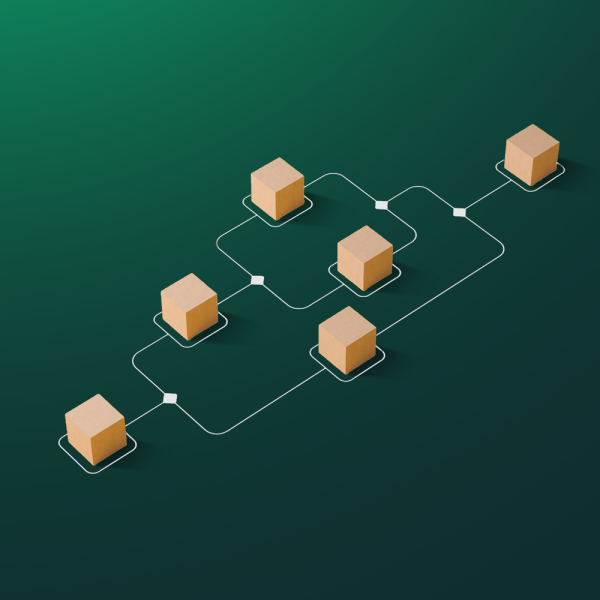As change accelerates and uncertainty grows, resilience is no longer optional. It is a foundational capability for organizations, communities, and nations. History shows societies adapting to environmental, economic, and political shocks. Today’s challenges such as climate change, technological disruption, and global uncertainty demand integrated, forward looking approaches that blend cultural strength with strategic adaptability and innovation.
- What Builds Resilience
Resilience Begins with Mindset
Resilience begins with mindset. organizations that thrive in complex environments share several traits. They promote continuous learning, encourage open dialogue, and cultivate innovation across all levels. Leadership is essential in shaping environments where ideas are welcomed, risks are managed carefully, and change is embraced as a pathway to progress. Being forward-looking does not require abandoning tradition. Instead, it involves building on cultural identity while staying responsive to evolving realities.
Strategic National Investment
Across regions, countries are prioritizing resilience through long-term development initiatives. In Saudi Arabia, national programs focused on water security, renewable energy, environmental protection, and sustainable city design, including the NEOM project, provide a clear example of how vision, planning, and innovation can work together to build institutional and national resilience. These initiatives reflect a broader global trend where resilience is increasingly recognized as a pillar of national competitiveness.
Preparedness and Rapid Response
Readiness is at the core of any resilient system. Whether facing a cyber threat, an emergency, or a disruption to global supply chains, organizations must be equipped to act swiftly and effectively. Essential elements of preparedness include:
- Scenario planning and crisis simulations.
- Strong coordination between sectors.
- Continuous training for staff and decision-makers.
- Transparent and timely communication.
By embedding these practices into normal operations, organizations are better able to respond with clarity and recover without delay.
Social Cohesion and Public Trust
Communities play a vital role in supporting resilience. Societies that maintain strong relationships between organizations and citizens tend to perform better in times of crisis. When public organizations communicate openly and engage people in meaningful ways, trust is reinforced. This trust, in turn, allows for faster, more coordinated responses during disruption. Social cohesion is not a soft asset. It is a critical enabler of collective resilience.
Long-Term Investment in People
No system can be resilient without investing in its people. This includes developing human capital across education, leadership, and social equity. organizations should prioritize:
- Empowering young people with relevant skills and opportunities.
- Supporting women’s advancement across sectors.
- Strengthening leadership capacity at every level.
By building inclusive and capable teams, organizations are better positioned to navigate complexity and lead sustainable transformation.
Resilience is not the avoidance of risk. It is readiness to face it with clarity, flexibility, and shared values. Acting before disruption, sustaining trust amid uncertainty, and turning challenges into lasting strength position organizations that invest in readiness, lead with vision, and engage their communities not only to endure change but also to shape the future.







